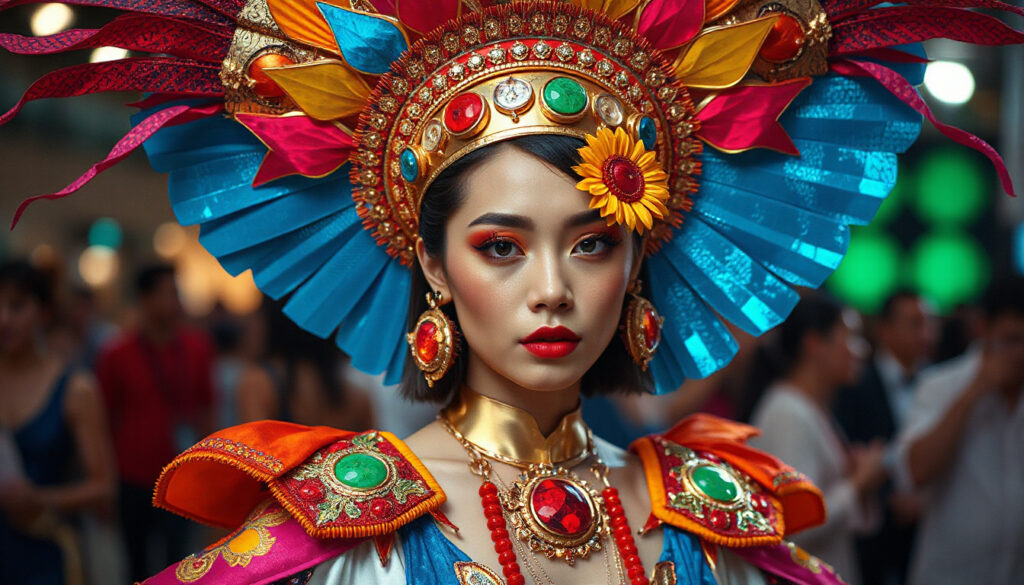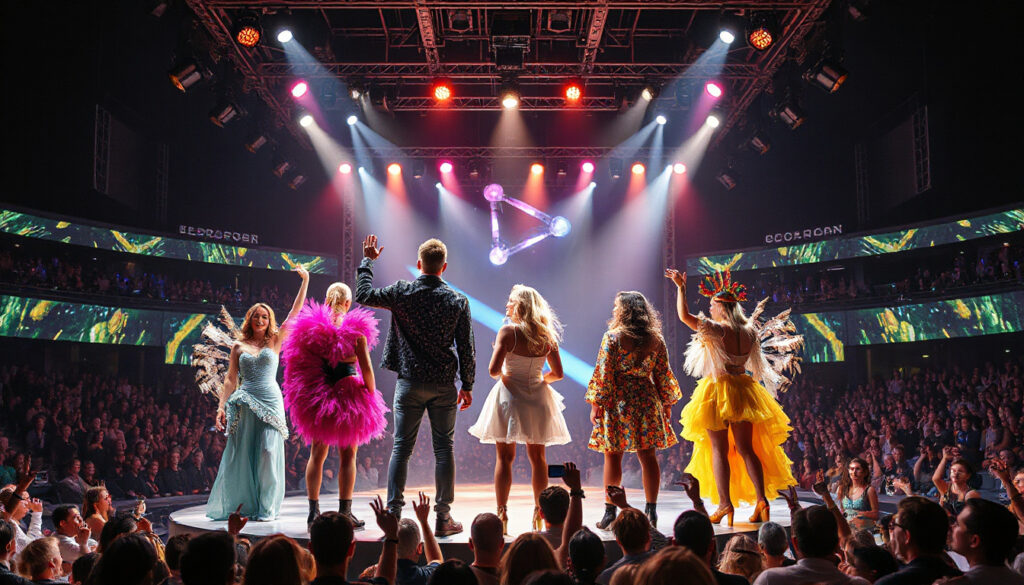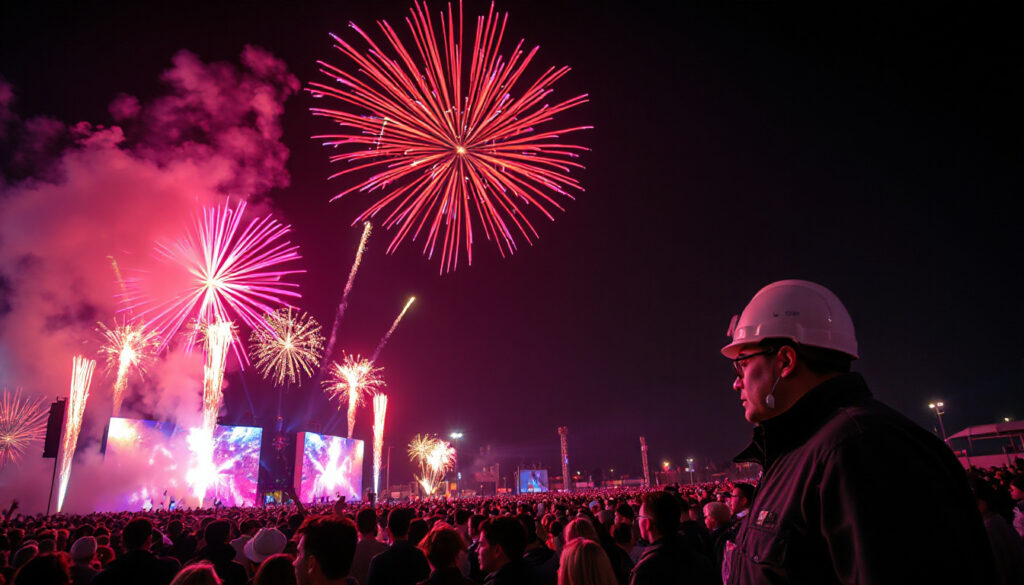Every Eurovision fan loves the show’s bright, creative spark. The energy fills the room with light and sound. Costumes join the song in a close dance with the music. With 2026 near, artists and their teams work hard on every stage detail—from singing to dance to dress. 
Why Costume Design Rules Matter for Eurovision
Eurovision is more than a singing show. It is a visual event. Costumes grab the eye, tell a song’s tale, and show a country’s style or thought. The European Broadcasting Union (EBU) sets stage rules that keep the contest fair, safe, and fun for all viewers.
The rules stop acts from using costumes that may pull focus from the music or upset the family-friendly feel. Knowing these costume limits helps artists plan ahead and create strong, lively looks that follow the rules.
Key Costume Design Restrictions for Eurovision 2026
Though the full rule list is long, here are the main costume rules for 2026:
1. Maximum Number of Performers on Stage
Only six people may appear on stage. This group can include the main singer, dancers, and backup singers. This cap means costumes must work well with the planned dance and stage moves.
2. No Live Animals Allowed on Stage
This rule stops the act from using live animals or props that copy live animals using extra parts. Any costume that shows live animals will not be allowed.
3. Safety and Movement Considerations
Outfits must let performers move with ease and safe balance. Bulky or heavy dresses that risk tripping or slow down the routine are not allowed. The rule asks for smart and safe costume design.
4. Content and Messaging
All costumes must match Eurovision’s aim for respect and care. Outfits that show explicit body parts, political signs, or hurtful symbols are banned. This rule guides designers when choosing style and symbols.
5. Consistency Across Performances
The act shown in rehearsals must match the live show. Artists cannot swap out a costume between the rehearsal and the show. Thus, the costume choice should work for a long time on stage.
6. No Special Effects That Need Extra Gear
Costumes should keep the stage simple. Designs that need special effects with extra or risky equipment are not allowed. This rule helps keep the stage setup safe and clear.
Practical Takeaways for Contestants and Designers
Here are clear points for those planning costumes:
- Use designs that work well for six performers. Make sure the look fits the dance and does not block movement.
- Tell the song’s story with style. Use smart, artistic designs without shock or risky symbols.
- Pick safe fabric and cuts. Avoid pieces that might fall off or cause a fall.
- Think about the stage and screen. Outfits should work well under stage light and on camera.
- Make one choice for all shows. With no costume change allowed, choose a design that lasts through a long night.
- Keep the message kind. Stick to ideas that work for all audiences and stay away from scenes that might lead to change.
Historical Context of Costume Rules
Years of rule updates have led to this focus on proper costume design. In the past, some acts had to change or stop a performance when a costume or stage look was seen as too strong or too political. These times helped guide the 2026 rules so that every show is a safe, fair place for all viewers.
How These Rules Make Eurovision Better
Some may see these rules as limits on style, but they help push artists to be smart and bold inside set limits. Safety, fairness, and family-friendly style give every performer a level stage where talent and story shine.
Clear guidelines also save time and stop delays. Acts know what the stage needs, so they can focus on their song and dance instead of fixing things at the last minute.
What Fans Can Expect in 2026
Fans will still see strong, daring costumes in Eurovision 2026. Performers will mix bold art with these set rules to create looks that match their music. The show’s tradition of colorful and smart designs will stay. The new guidelines just set clear limits to keep each act safe and true to the contest’s aim.
Final Thoughts: Making the Most of Eurovision 2026 Costume Design Rules
Preparing for Eurovision means paying close attention to style. Costume design plays a big role in an act’s impact. Knowing and following the 2026 costume rules helps artists prepare a show that is smart, safe, and appealing to both fans and judges.
For artists, designers, and fans, keeping these points in mind can spark fresh ideas that go past the obvious. Great costumes can shine on stage while following the rules.
Next Steps:
- If you are a performer or a member of a Eurovision team, read the official Eurovision 2026 rules as soon as you can.
- Work with your costume designers to plan looks that mix art with simple rules.
- Keep an eye on any announcements from the EBU about costume or stage rules.
- For fans, look forward to exciting costumes that meet the guidelines and make the show even more fun.
Eurovision 2026 will keep its mix of song, culture, and strong visual art—all in a space where every act can shine in a safe and fair way under the global spotlight.






